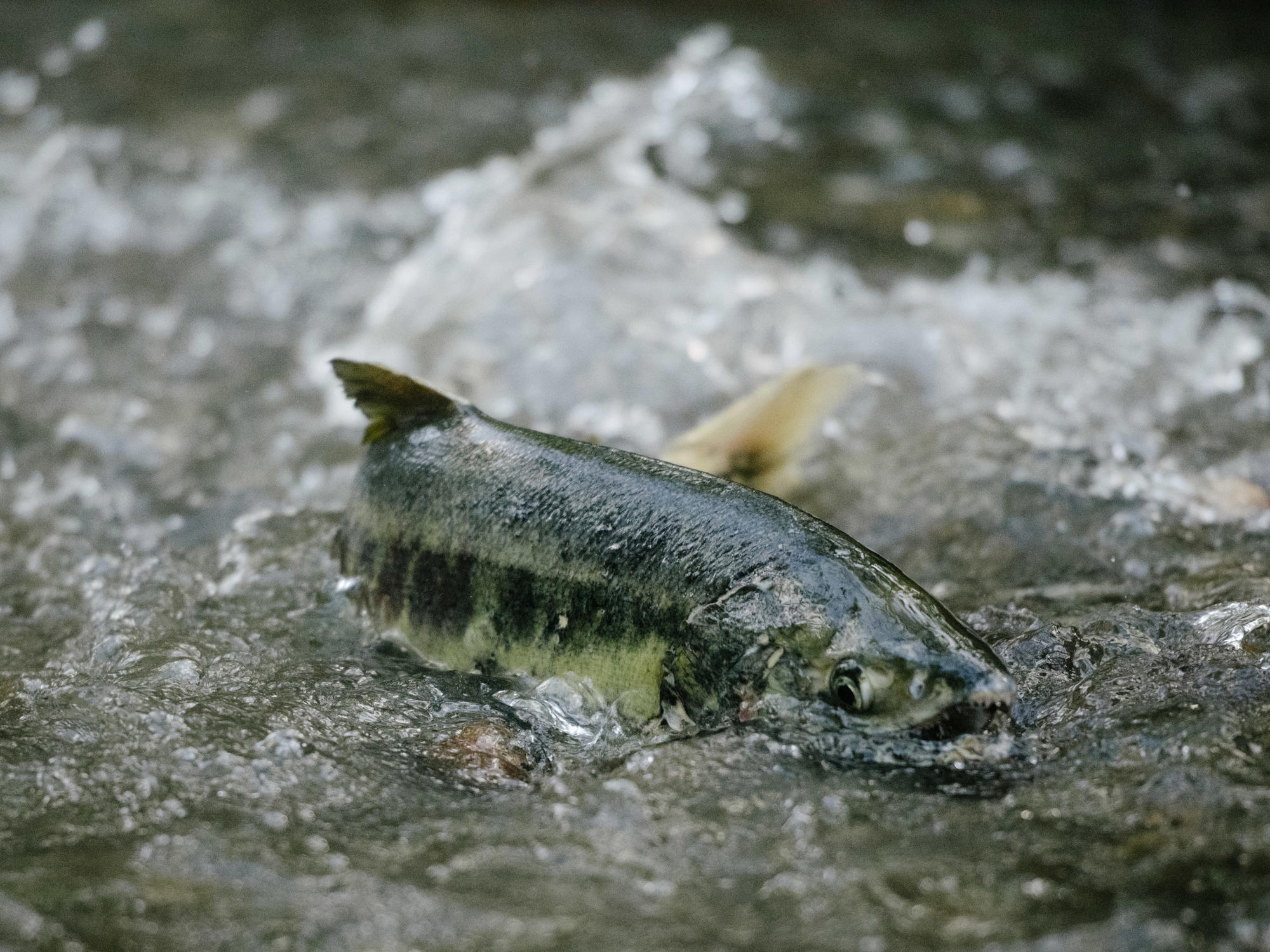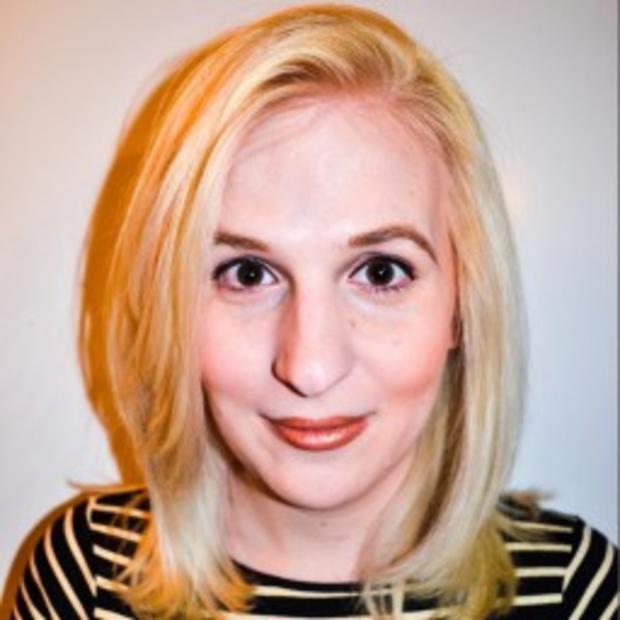Seattle wouldn’t be Seattle without salmon. Or at least it wouldn’t feel like Seattle anymore. If you come here on vacation, the iconic salmon toss at Pike Place Fish Market is probably one of the first sights on your checklist. But if you live here, you know that salmon are more than just a mascot — they’re an age-old food source for our region and a vital part of our ecosystem.
Without plentiful salmon, we can’t have orca. And without the orca, then we’d lose even more of our regional identity.
As the population around Puget Sound grows, generating more pollution in our runoff, we are racing headlong toward a crossroads: Will we save the wildlife that gives our area that distinct Pacific Northwest personality? Or will we end up like Northern California, where orca sightings are rare and the salmon population is literally drying up?
That was my haunting takeaway after creating the podcast Beasts of Seattle for Town Hall Seattle, a six-episode limited series in which I interviewed artists, ecologists and other local gurus about the Northwest’s iconic species . The more I learned about the animals that make our area unique, the more concerned I became about their tenuous future. They won’t disappear overnight, but without enough political willpower to stop it from happening, these precious creatures could slowly disappear.
Case in point: The population of southern resident orcas quietly declined from 74 to 73 during the few months I spent producing and editing Beasts of Seattle. As Lynda V. Mapes, author of Orca: Shared Waters, Shared Home and an environmental reporter at The Seattle Times, recently observed, that’s roughly equivalent to the size of the population when the horrific capture era ended in 1976. “We’re not getting anywhere in terms of recovery,” Mapes told KUOW last month.
Listen to Samantha Allen's podcast, "Beasts of Seattle."
But it was something else Mapes said during a conversation with me for the podcast that has been ringing in my ears ever since. If we were to lose the salmon, if we were to lose the orca, Mapes said, “Suddenly, we’d be just like everywhere else.”
This isn’t just an ecological concern, then, although that’s certainly paramount — it’s a matter of local pride, too. Picture a Seattle where we have a salmon slide at Carkeek Park but no actual salmon swimming up the creek. A Seattle where we have orca mascots at our schools but no southern resident orca in our waters. Imagine a place where the ghosts of these creatures linger in our historical memory instead of continuing to be an active presence in our lives.
A salmon and its roe lies on the banks of Pipers Creek in Carkeek Park after volunteers checked on the dead salmon to gender it and see if it had spawned before passing, on Wednesday, Nov. 10, 2021. Salmon complete their lifecycle by using the last of their energy to travel upstream to lay eggs after years at sea. (Grant Hindsley for the Crosscut)
Would that be Seattle — or would that feel like a different place entirely?
Learning more about our history has helped deepen my resolve to fight for these animals. Listening to Crosscut colleague Knute Berger describe seeing plentiful orca in the San Juan Islands as a child — and then hearing him describe the sadness of seeing the captive killer whale Namu right on our waterfront — made me realize how close we came to losing these wondrous creatures altogether.
Standing in Pike Place Fish Market, talking to co-owner Jaison Scott about the decision to sell 100% sustainable seafood in 2011, gave me an appreciation for the kind of hard choices that must be made to ensure wild salmon become abundant again, as they once were once — and not so long ago.
Knowing this history helps put the present moment into perspective: Chinook salmon in the Salish Sea are on the decline. Without them, the orca cannot survive. And with more people than ever living here, pollution and noise in our water will continue to pose a threat to these signature species.
In many ways, we’re at an inflection point, where we’re going to have to decide what kind of community we want to be. Do we want to accept that we’ll need money — and, yes, that may mean taxes — to address this problem? Are we willing to take on big, difficult projects like removing the four lower Snake River dams or reducing the noise our ferries generate? Or will we continue to accept declining trend lines, worrying signs and still more grieving orcas?
“This is a matter of will and money, period,” Mapes told me. “We know how to do it. We’re really good at it. We’re home to all of the largest dam removals in the world. We have more scientists and geomorphologists and engineers and NGOs here than you can shake an orca at.… We know how to do this, but we need to spend serious dollars to do it.”
Indeed, the future of these animals is far from a fait accompli if we actually invest in them. The salmon swimming upstream at Carkeek Park are an annual reminder that we need to keep working to improve our water quality, reduce pollution and mitigate our environmental impact. The sparse numbers of orca in our waters should remind us that we can stop them from vanishing, if we stop threatening their prey.
“It’s not too late,” Mapes told me. “That’s the really critical thing I want people to understand. But they have to step up and let them win — these animals, these places. If we do not do that, it will be too late.”






